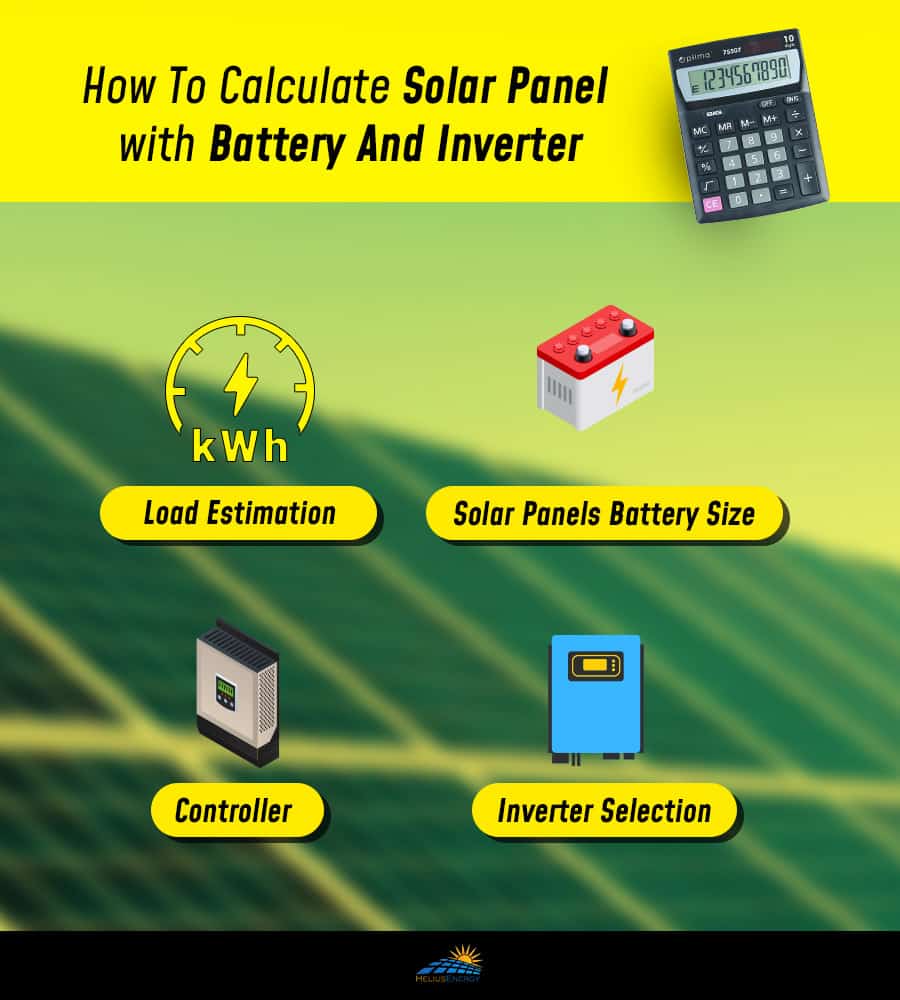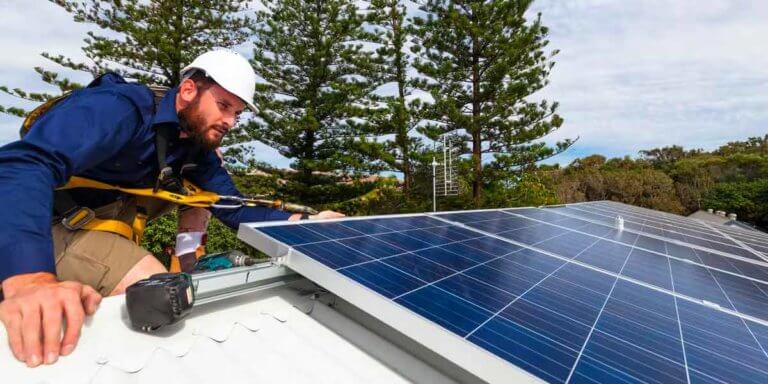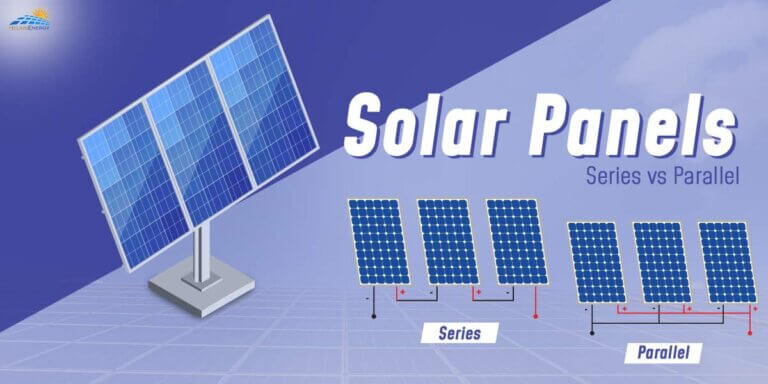How To Calculate Solar Panel Battery And Inverter

One of the most crucial phases in creating any form of solar power system is calculating your solar power requirements and sizing the appropriate solar equipment.
To begin, it is critical that your batteries, power inverter ( SolarEdge or Emphase) , and charge controller all operate together. Your newly built solar power system will not function correctly at all unless everything matches and is compatible.
That is why we are here to assist you in selecting the best solar equipment for your unique power requirements. One of the most crucial phases in creating any form of solar power system is calculating your solar power requirements and sizing the appropriate solar equipment.
Your newly assembled solar power system will only operate properly or at all if everything matches and is compatible.
How To Calculate Solar Panel With Battery And Inverter

In general, the following criteria are used to assess the need for solar panels and their associated costs:
- Size of the residence
- Load carrying capacity
- Other miscellaneous needs
Required Tools And Components
- Inverter size calculator
- Solar angle calculator
1. Load Estimation
The best technique to calculate load is to use a high-quality clamp meter. Assume we’ll be using a clamp meter capable of 600A for this computation.
We can use this clamp meter to calculate the power consumption of a house, workplace, store, school, medical clinic, and fuel pump, among other things. To calculate the power usage, follow the procedures below:
- Turn on all of the appliances.
- Apply a clamp meter to the phase wire of an electric meter.
When using a clamp meter, it displays power usage in amps. Such as 5Amp, 10Amp, and 20Amp, among others. The voltage range on the grid is 220V-240V. However, it would help if you also verified the voltage using this clamp meter.
Load Calculation = 220V * 5 A = 1100W
2. Solar Panels Battery Size
There are two forms of battery technology: lead acid batteries and lithium batteries. The most popular lead acid battery for households and businesses is a 150Ah lead acid battery. A single 150Ah battery can store 1300 Watt. That is, you will require
Battery Capacity = Required Battery Storage / Battery Storage = 4400W / 1300W = 4 Batteries
In general, four 150Ah batteries provide 48V.
In the case of lithium batteries, you just need one battery with a capacity of 5kWh and a voltage of 48V.
3. Controller
To determine how large your solar charge controller should be given the above-estimated parameters, you may need to consider your solar panel current or Amperage specs, which can be obtained by simply dividing the panel’s wattage rating by its voltage rating
100 / 12 = 8.3 Amps.
We’ve already applied a “plus tolerance” to all of the preceding parameters, so let’s be kind with the panel’s amp spec as well, and instead of keeping to the 8.3 amps limit, you may elevate the level to roughly 10 Amps.
4. Inverter Selection
The power inverter is the final piece of equipment for which you must determine the requirements. Simply said, the power inverter transforms the DC electricity your solar panels produce into more useful AC power, which is needed by the majority of electrical appliances and devices.
Since you already know the maximum load wattage at this stage, you should select a power inverter that can handle that wattage easily. As the highest load wattage in our example is 100 watts, you would just need to select a power inverter with a rating of 100 watts or somewhat higher since spikes do occasionally occur.
You should also consider the voltage rating of your selected power inverter since it is critical to match the voltage rating of your power inverter to the voltage of your battery bank.
Determine Solar Panel Requirements
Next, we must establish the approximate size of the solar panel in order to meet the above-mentioned expected load demand. If we assume ten hours of ideal sunlight each day, the parameters for the solar panel may be easily and rapidly derived, as shown in the following expression:
1,000 Watt hours / 10 hours of sunlight = 100 Watt solar panel.
However, you may note that throughout the summer seasons, you may typically obtain around 10 hours of a fair quantity of sunlight. However, the winter season may offer approximately 4-5 hours of effective sunlight.
In light of the above situation, you may agree and advocate factoring in the worst potential sunshine hour so that your load continues to perform optimally even on the cloudiest of days.
We thus compute the genuine power for the solar panel, which would allow your load to continue operating throughout the year, taking into account the 4 to 5 hours of sunlight per day consideration.
1,000 Watt hours / 5 hours of sunlight = 200 Watt solar panel.
Conclusion
Each part of your solar power system must be compatible with the others in order for it to operate effectively and securely.
Thus it must be carefully picked. Before purchasing any component, you must learn how to calculate the solar panel battery and inverter. The parameters for each component in the system are based on the load at your house or place of business.






